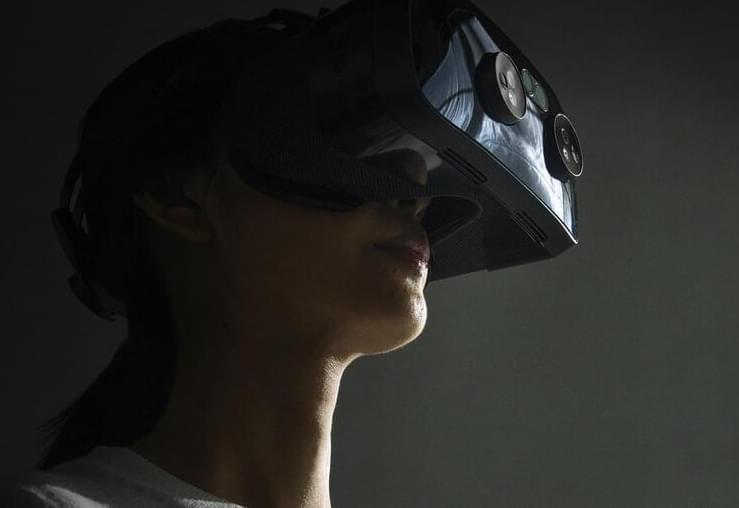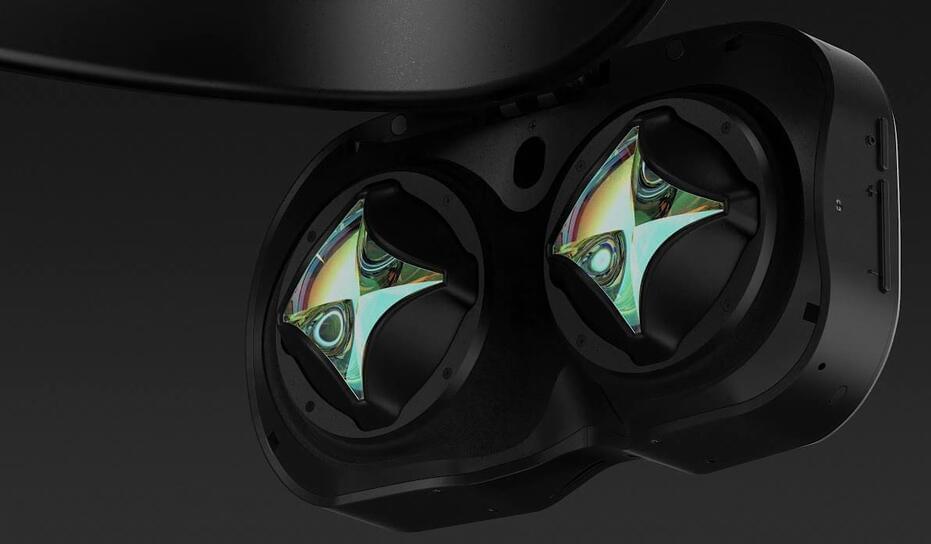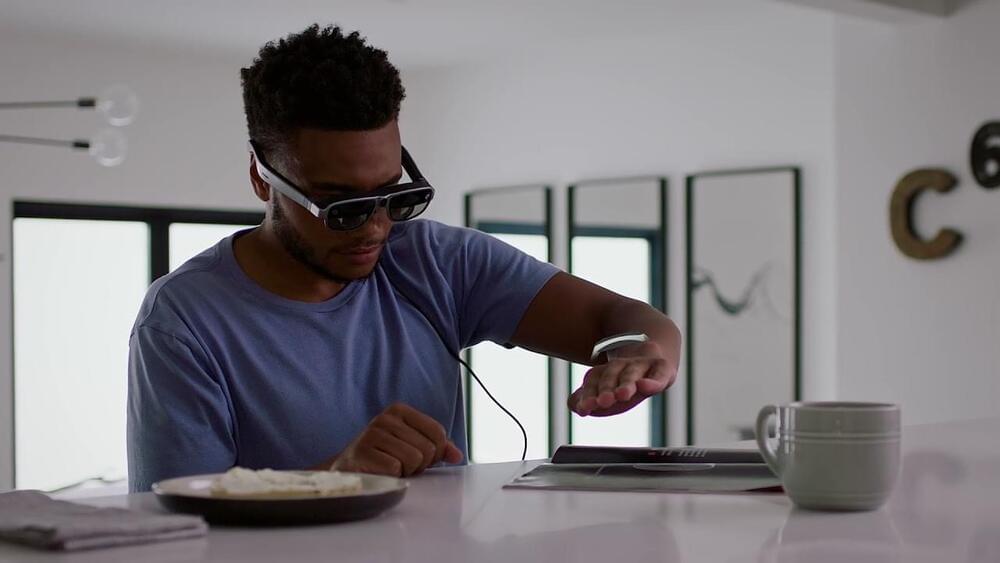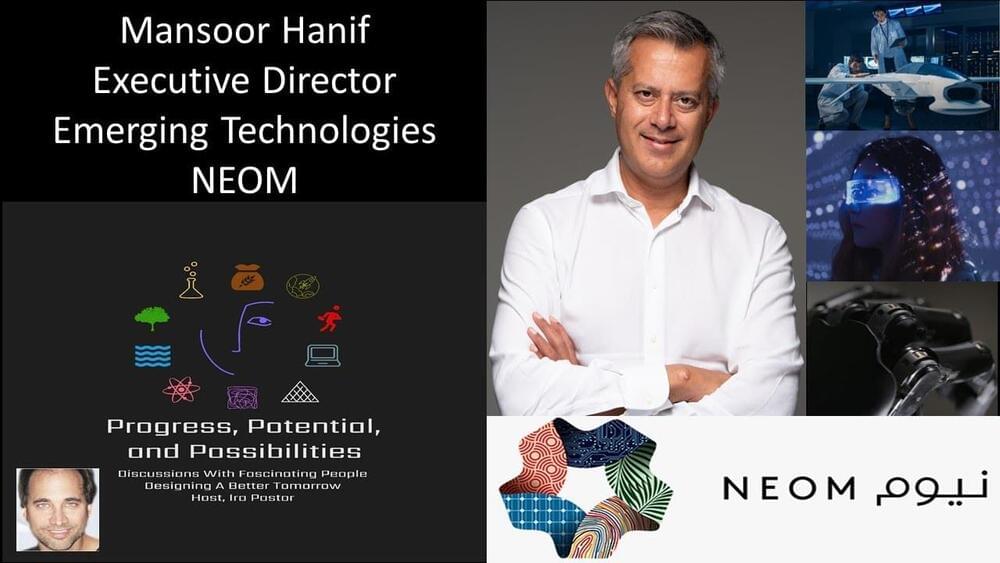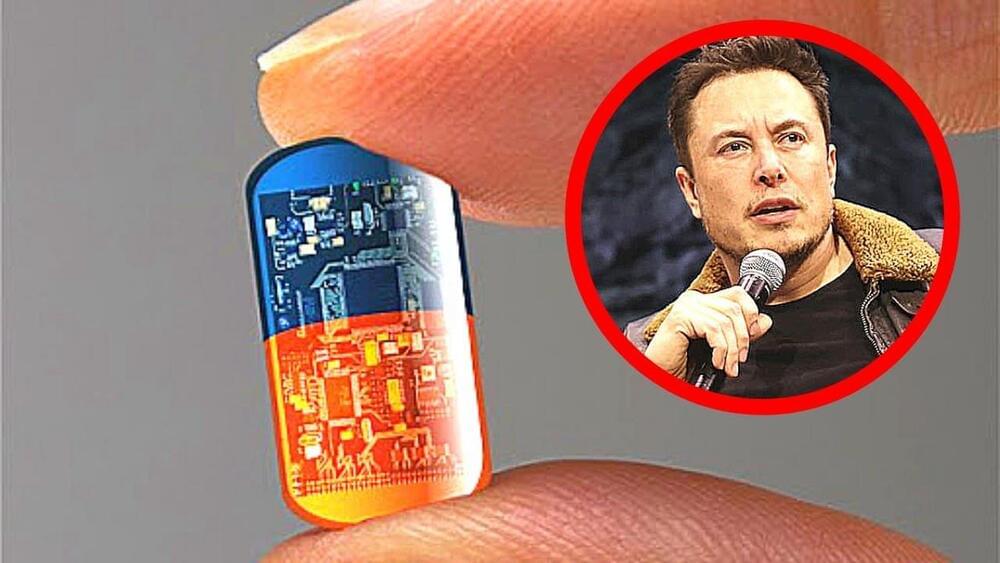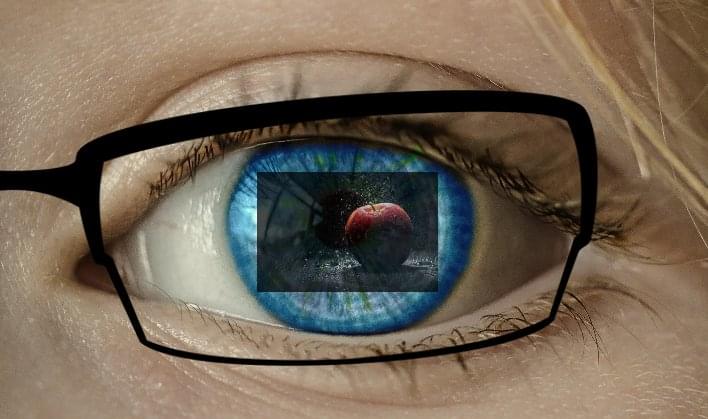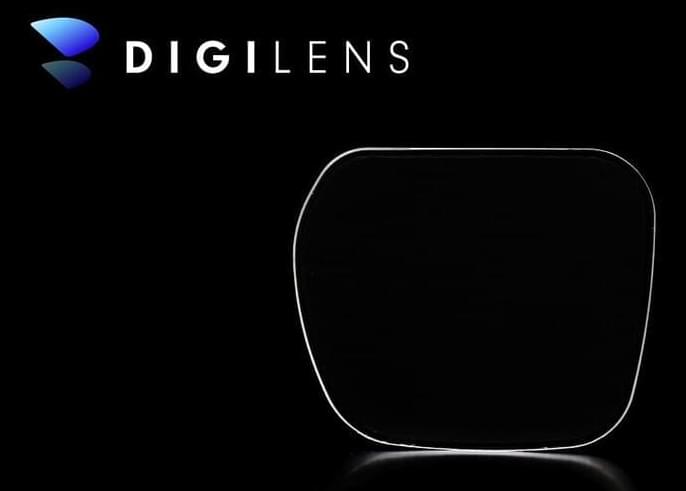By Jeremy Batterson 11-09-2021
The equivalent of cheap 100-inch binoculars will soon be possible. This memo is a quick update on seven rapidly converging technologies that augur well for astronomy enthusiasts of the near future. All these technologies already exist in either fully developed or nascent form, and all are being rapidly improved due to the gigantic global cell phone market and the retinal projection market that will soon replace it. Listed here are the multiple technologies, after which they are brought together into a single system.
1) Tracking.
2) Single-photon image sensing.
3) Large effective exit pupils via large sensors.
4) Long exposure non-photographic function.
5) Flat optics (metamaterials)
6) Off-axis function of flat optics.
7) Retinal projection.
1) TRACKING: this is already being widely used in so-called “go-to” telescopes, where the instrument will find any object and track it, so Earth’s rotation does not take the object viewed out of the field of vision. The viewer doesn’t have to find the object and doesn’t have to set up the clock drive to track it. Tracking is also partly used in image stabilization software for cameras and smart phones, to prevent motion blurring of images.
2) SINGLE-PHOTON IMAGE SENSORS, whether of the single-photon avalanching diode type, or the type developed by Dr. Fossum, will allow passive imaging in nearly totally dark environments, without the use of IR or other illumination. This new type of image sensor will replace the monochromatic analogue “night-vision” devices, allowing color imaging at higher resolution than they can produce. Unlike these current devices, such sensors will not be destroyed by being exposed to normal or high lighting. Effectively, these sensors increase the effective light-gathering power of a telescope by at least an order of magnitude, allowing small telescopes to see what observatory telescopes see now.
3) EXIT PUPIL: The pupil of the dark-adapted human eye is around 7mm, which means light exiting a telescope must not have a wider-cross axis than this, or a percent of the light captured by the objective lens or mirror will be lost. If the magnification of a system is lowered, to give brighter images, this is limited by this roadblock. This is a well-known problem for visual astronomers. Astro-photographers get around this by two tricks. The first is to use a photographic sensor wider than 7mm, allowing a larger exit pupil and thus brighter images. A 1-inch sensor or photographic plate, for example, already allows an image thirteen times brighter than what a 7mm human pupil can see.
4) LONG EXPOSURE: The other trick astro-photographers use is to keep the shutter of their cameras open for longer periods, thus capturing more light, and allowing a bright image of a faint object to build up over time. As a telescope tracks the stars–so that they appear motionless in the telescopic view–this can be done for hours. The Hubble Space Telescope took a 100 hour long-exposure photograph leading to the famous “deep field” of ultra-faint distant galaxies. An example of a visual use of the same principle is the Sionyx Pro camera, which keeps the shutter open for a fraction of a second. If the exposures are short enough, a video can be produced which appears brighter than what the unaided eye sees. Sionyx adds to this with its black-silicon sensors, which are better at retaining all light that hits them. For astronomy, where stellar objects do not move and do not cause blurring if they are tracked, longer exposures can be created, with the image rapidly brightening as the viewer watches. Unistellar’s eVscope and Vaonis’s Stellina telescope, already use this function, but without an eyepiece. Instead, their images are projected onto people’s cell phones or other viewing devices. However, most astronomers want to be able to see something directly with their eyes, which is a limiting point on such types of telescopes.
5) FLAT OPTICS are already entering the cell phone market and will increase in aperture over coming years. A flat metamaterial lens, replacing a thick and heavy series of lenses can provide a short enough system to easily fit into a cell phone, with no protruding camera bumps. It is possible to produce such lenses with extremely short focal-ratios. Eventually, very large 20-inch or 30-inch objectives will be producible this way, but, in the interim, multiple small objectives could be combined at a DISTANCE from each other. There are two reasons for larger aperture objectives: increased light-gathering power and higher resolution. However, the higher resolution can also be obtained by having two or more smaller objectives kept far apart from each other. If the light-gathering power is already high enough from single-photon detectors, it is not necessary to have a larger aperture.
6) THE OFF-AXIS ability of flat metamaterial optics is another game-changer. In normal optics, the plane of focus travels straight down the perpendicular of the main light-collecting lens or mirror, the so-called “objective” lens or mirror. In an off-axis mirror or lens, the focal axis is not down the middle, but to the side or even totally external to the perpendicular plane of the objective. These types of optics are very difficult to produce traditionally but are easy to produce with the flat, metamaterial method. An example of the value of off-axis optics is a reflector telescope. When light bounces off a reflector’s objective mirror, it then hits a secondary mirror and bounces back to an eyepiece. But the secondary mirror obstructs the main mirror as light passes by it on the way to it. This creates diffraction patterns which reduce the resolution of the image. For this reason, refractors, which use lenses, and thus have no secondary obstruction, are superior in quality, although far harder and expensive to build. The off-axis function would also be valuable for large binoculars, which would not need secondary prisms or mirrors to bring the images to the width between two human eyes. Typical human pupils are two or three inches apart. With off-axis binoculars, the focus of the two objective lenses would be to the side of their diameters, and no secondary guidance of the light cones would be needed.
7) RETINAL PROJECTION is being developed in several ways by numerous companies, and within a decade should be fairly common. This is known generically as “augmented reality,” where a pair of glasses or contact lenses project an image over the normal vision. If a person closed their eyes in a darkened room, they could watch movies, or dictate papers with such a system—or view images of the stars from a telescope. For visual astronomers, who like the idea of seeing something in their eye, instead of viewing it on a TV screen, retinal projection will allow a nearly identical experience, but with all the superior functions listed in this memo.
THE FAMILY TELESCOPE AROUND THE YEAR 2035:
These functions can be brought together in numerous ways. Noted here is but one such possible way.
A) Two flat off-axis metamaterial lenses around 2.5 inches (~60mm) in diameter, and corrected for achromatic, spherical, and other optical aberrations, are positioned 30 inches apart, giving the resolution of a telescope with an objective mirror of 30-inch diameter. Since they have single-photon detectors, they will conservatively have an effective light-gathering power of something like 10-inch binoculars.
B) Whoever has control of the scope looks up at a stellar object, such as the famous M-42 nebula, and says, “zoom and track.” The scope then moves to where the controller is looking, or wherever else it is told to go.
C) A large image sensor increases the brightness of the view another order of magnitude over what the dark-adapted eye would see with 10-inch binoculars. Now, the image is as bright as what would be seen in 30-inch binoculars.
D) The time-exposure function adds yet another order or two of light-gathering power, depending on the length of exposure. Even exposures fractions of a second long already add more brightness. Longer exposures add more, in almost real time. Now, the image is equivalent to looking through something like 100-inch binoculars. As the producible aperture of metamaterial optics increases, the effective aperture will go up to 200-inch, 500-inch, etc.
Finally, the image is projected into the back of the viewer’s eye, as a wide-field image, wider than that of the best TeleVue eyepiece, and is simultaneously projected onto the retinas of many other people. This multiple-viewer function already exists with Stellina and eVscope, but the view is seen on multiple cell phone screens, instead of in multiple viewers’ own eyes.
As pointed out in an earlier memo, the rise of the single-photon detector will also render much of our bright city lights obsolete, since simple night-glasses will allow driving at night without headlights or streetlamps. This means that the night sky could be a lot darker to begin with, another boon to astronomers. Finally, with currently existing filters, it is already possible to filter out much of the light-noise coming from urban areas. This function will no doubt also be incorporated, along with built-in dew heaters, and other useful features.
